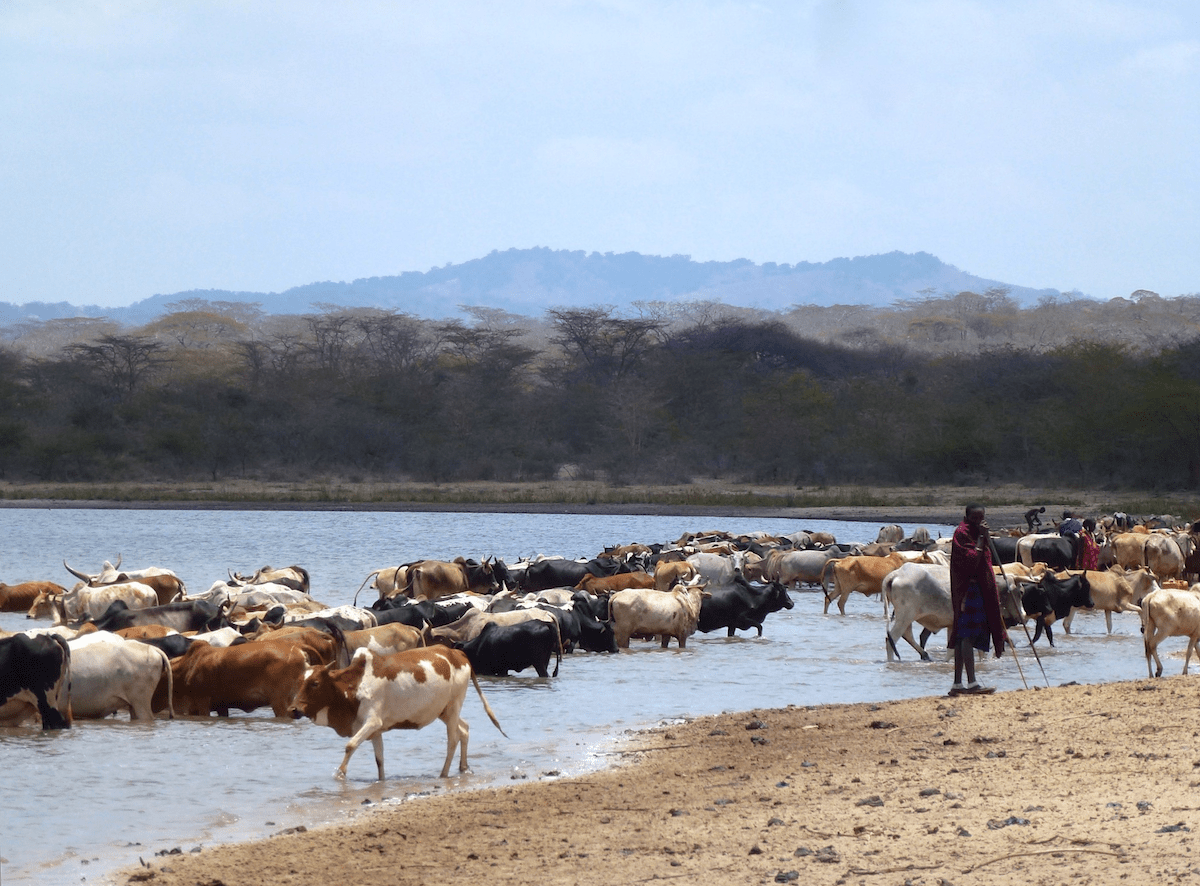Are Africa's dams threatening to hold back efforts to eradicate malaria?
- From
-
Published on
20.08.21
- Impact Area

Although dams are critically important for Africa’s water security and economy, research has also revealed a public health downside to their development. These structures – so vital to addressing the continent’s climate crisis – often provide the perfect breeding conditions for mosquitoes. This potentially undermines the continued progress of malaria eradication efforts, which over the past two decades has brought about a 40% decline in transmission rates across sub-Saharan Africa.
The scale of the risk that dams pose is laid out in an article recently published in Nature. While previous research has mostly been confined to large dams (defined as being at least 15 meters high, with a water storage capacity of at least 3 million cubic meters), the new study also considered the impacts of more prevalent small dams (typically less than 15 meters in height, with a storage capacity below 3 million cubic meters). This is the first study to examine the aggregate impact of small dams on malaria transmission relative to larger dams.
Photo Credit: Fiona Flintan/ILRI
Related news
-

ICRISAT to Deliver World-Class Services as CGIAR’s Breeding Resources South Asia Hub
International Crops Research Institute for the Semi-Arid Tropics (ICRISAT)07.07.25-
Biodiversity
-
Food security
Strategic collaboration to scale innovation and deliver harmonized, high-quality support across CGIA…
Read more -
-

Shaping policy changes for a sustainable cropping system in Uttar Pradesh, India
International Rice Research Institute (IRRI)03.07.25-
Food security
by Dr. Proloy Deb and Dr. Swatantra Dubey The Central Plain region of Uttar Pradesh…
Read more -
-

KOICA, UPLB, IRRI Partnership Establishes a Genomic Powerhouse to Future-Proof Agriculture
International Rice Research Institute (IRRI)01.07.25-
Food security
LOS BAÑOS, Philippines (26 June 2026) — KOICA, UPLB, and IRRI came together to showcase…
Read more -
